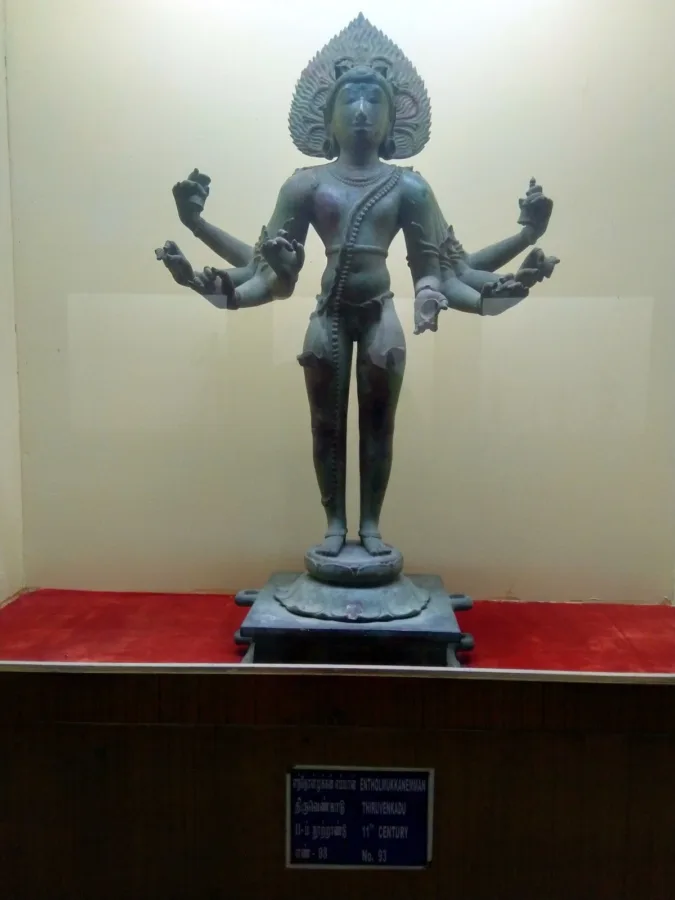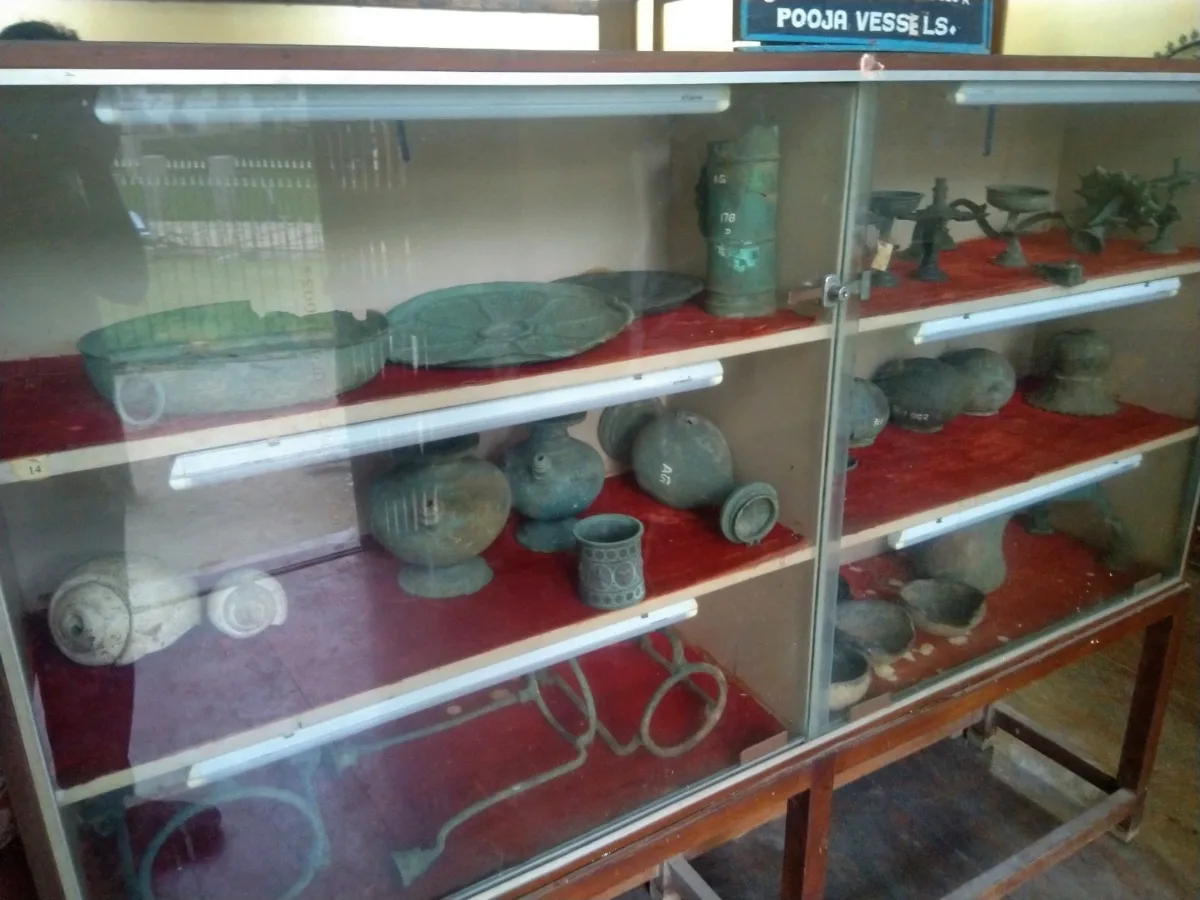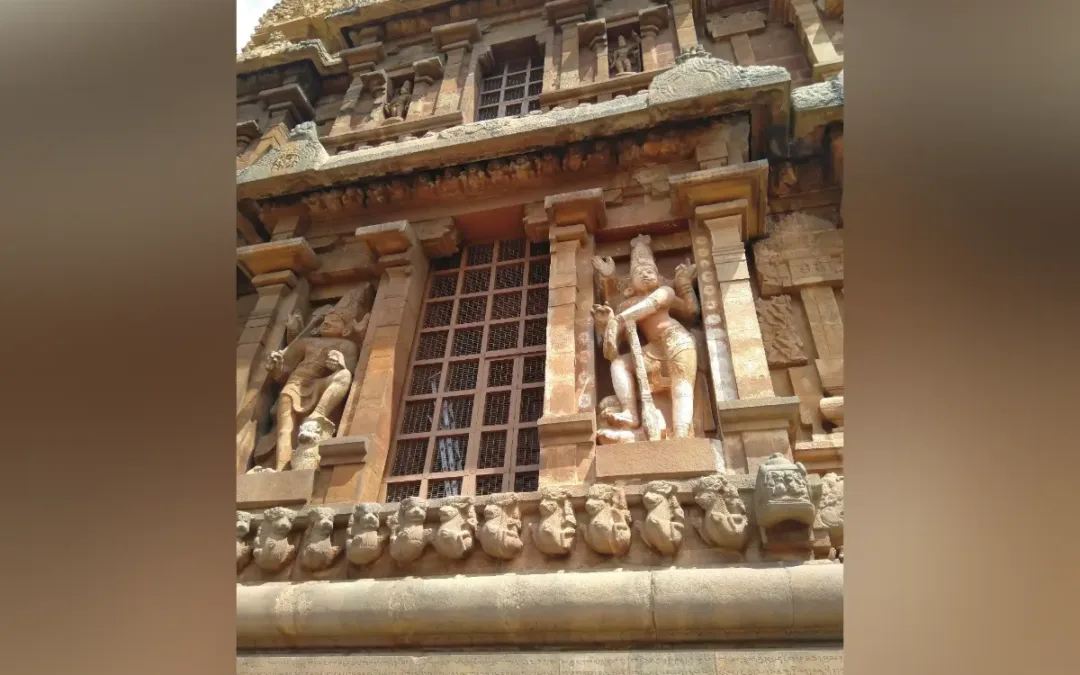Read in : தமிழ்
As a seat of ancient Tamil glory with a thousand-year heritage, the composite district of Thanjavur should have received the highest attention from latter-day governments, but except for the Brihadeeswara Temple complex, a UNESCO heritage site of international importance, it is just another Tamil Nadu town. Thanjavur is not really the best destination for modern-day package tourism, although it is spectacular for Instagrammers. It is more for those who are inspired by history, the art, sculpture and mysticism surrounding Siva, by grand structures, unique bronze metal iconography and the sheer scale and grandeur of the Chola era. Successive governments both in New Delhi and Tamil Nadu have not done justice to this jewel.
A ray of hope for Thanjavur shines through in Finance Minister PTR Palanivel Thiaga Rajan’s budget announcement that a grand Chola museum would be set up in the district. He said in his speech on March 20, “To highlight the contribution of the Cholas who ruled the world, and to preserve artefacts and relics of that age, a grand Chola museum will be set up in Thanjavur.”
Heritage as magnet
India’s method of funding big ticket tourist centres and counting tourist arrivals is difficult to understand. In the case of funding, Tamil Nadu got a project under a special package scheme of the Union government in 2016-17 with funding of Rs 91.62 crore, to develop the Chennai – Mamallapuram – Rameswaram – Manpadu – Kanyakumari coastal corridor.
Thanjavur is not really the best destination for modern-day package tourism, it is more for those who are inspired by history, art, sculpture and the mysticism surrounding Siva. Successive governments both in New Delhi and Tamil Nadu have not done justice to this jewel
In February, Union Tourism Minister Kishan Reddy told the Lok Sabha that this work was complete. Other Union-funded tourism projects in the State at various stages of implementation are relatively small, such as development of railway stations at Rameswaram (Rs 4.7 crore) and Madurai (Rs 4.48 crore), the towns of Kancheepuram (Rs 13.99 crore) and Velankanni (Rs 4.86 crore).
Evidently, Thanjavur, Kumbakonam, Chidambaram, Tiruvarur and Nagapattinam, which form the core of the Chola landscape, have not yet found a central place in the various funding schemes of the Union government, and the cash-strapped State government finds it challenging to come up with planning policy that can scale up, within sustainable limits, the carrying capacity of these small towns.

A classic Nataraja, with the four-handed pose, braided hair and vanquished demon Muyalaka under one leg, at the existing museum.
Also Read: Why Thanjavur and Tiruchi need a Vande Bharat service
The result of this low capacity is that priceless Chola icons, including the pooja vessels of the famed Chola rulers are kept on what look like bakery shelves in the Royal Palace museum, and there is little effort to explain their colourful legend to visitors, many of whom are picnickers looking for a day out. The Archaeological Survey of India does not offer much by way of literature on Thanjavur at its shop at the Big Temple either.
In the Royal Palace museum are bronze icons of breathtaking beauty, although by no means does the display here have major pieces of exquisite riches of Chola era sculpture. A new museum should be able to attractively display more of the bronzes returned by Australia, the US and other countries, and a good personal audio system with explanations on the individual icons that can be accessed via the Internet and listened to on headphones. This will remove the cost bottleneck for the visitor and serve domestic tourists as well as those from abroad. Photography, which remains possible mostly without paying rents today, should be promoted.
Where Thanjavur also suffers is low physical capacity to host mid-range tourists as well as high-paying foreign visitors and the inadequacy of high quality transport. The tourist attractions including the Big Temple are located close to the old bus stand, and the services operating in the entire region are of poor quality in terms of comfort. They are also crowded. A visit by public transport to Kumbakonam and Darasuram from this area should be facilitated by inviting more operators who can run comfortable buses and vans at a reasonable fare.
India recorded 61.19 lakh foreign tourist arrivals in 2022 (provisional data), compared to 27.4 lakh during the covid-19 year of 2020, and 15.27 lakh in 2021. The figures presumably record NRIs with foreign passports as tourists, explaining the high number during the covid years in which there were travel disruptions during many months. The data was presented in the Rajya Sabha on March 23 this year.
Evidently, Thanjavur, Kumbakonam, Chidambaram, Tiruvarur and Nagapattinam, which form the core of the Chola landscape, have not got funding from the Union government, while the cash-strapped State government finds it challenging to frame a planning policy that can scale up, within sustainable limits, the carrying capacity of these small towns
Railway station gridlock
The Thanjavur railway station also fails the test of being tourist-friendly, because it does not offer enough clear signage, an accessible tourist reception facility or reliable transport to the old and new bus stands. There are hardly any comfortable, verified hotels at different price points in the town either. None of this is due to the lack of entrepreneurship among investors, but the absence of a tourist vision for this major town that’s on the global heritage tourist map.
Strikingly, the investments under the smart city system have not been supervised adequately, leaving gaps in the outcome. A drainage scheme for the old bus stand area left the roads dug up and unwalkable in the tourist season of 2022. In spite of all this, visitors came in droves to Thanjavur, because the majesty of its Chola-era artefacts make the difficulties seem less daunting.

A 11th century bronze of Entholmukkan Emman, a Siva form, from Thiruvenkadu, Sirkali taluk.
Also Read: Chola era golden age? Just perception: epigraphist
An economic opportunity
The Tamil Nadu government can revitalise the souvenir industry, which has great potential in augmenting both local incomes and the national hard currency account. A system of certified souvenirs from local craftsmen — certification can prevent icon smuggling — with a focus on small table-top bronzes and other articles such as the famed Tanjore dolls and paintings can give the industry a boost.

The Chola era pooja vessels and other artefacts at the Royal Palace Museum, Thanjavur.
A souvenir centre with multiple showrooms would be the way to go. The challenge here is to prevent capture of these opportunities by vested interests and political actors, and aid genuine craftspersons’ cooperatives.
The legend of Siva is earthy and musical. In his book of essays titled “The Dance of Siva”, Ananda Coomaraswamy speaks of the three famous dances. The first is the dance in the Himalayas in which other gods play music and there is a galaxy of witnesses, the second the tandava of Bhairava or Virabhadra and third, the Nataraja, the story of which says it was performed in a sabha at Chidambaram or Tillai after vanquishing many a foe. It is the central motif of the four-handed iconography of the braided-haired deity subduing Muyalaka, which is beautifully captured in the scores of bronzes that remain in India or are in the hands of smugglers, looters and collectors abroad. Some of these statues, including Bhairava and Nataraja, are there to behold in Thanjavur even today.
This is the grandeur that a new grand Chola museum in Thanjavur would seek to capture and showcase.
Read in : தமிழ்











